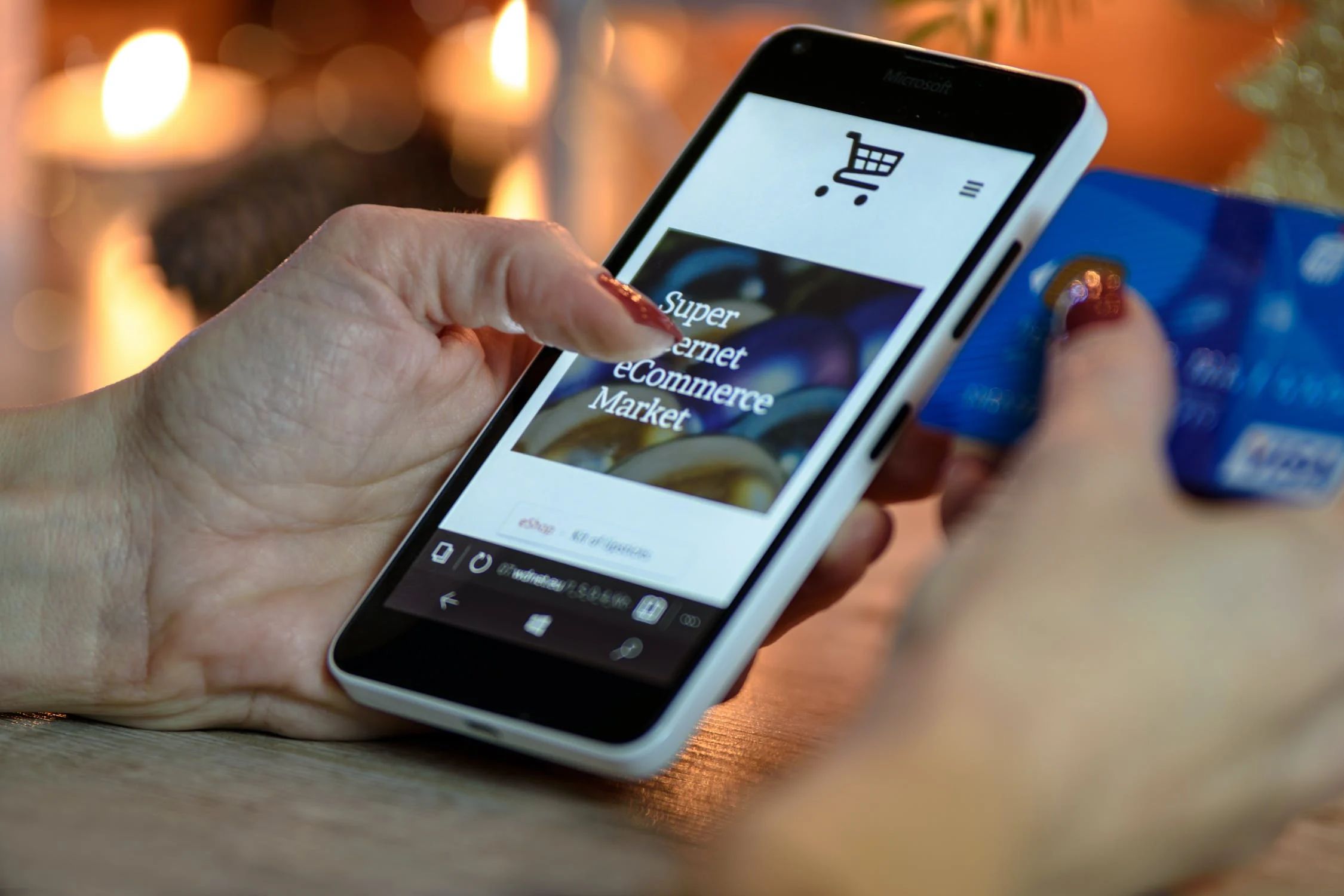
10 Apr CPG KEYNOTE SPEAKER: CONSUMER PACKAGED GOODS SET TO EVOLVE
Consumer packaged goods (CPG) are products that are sold to consumers for daily use, ranging from food and beverages to personal care and household products. The CPG industry has been around for decades, with a relatively stable market and traditional distribution channels. These days though, given the rise of e-commerce, changing consumer preferences, and technological advancements, the future of CPG is evolving rapidly.
As you might imagine, the growth of eCommerce should be the first port of call in terms of any discussion here. After all, with more consumers shopping online these days, traditional brick-and-mortar stores are no longer the only option. The growth of e-commerce has created new opportunities for CPG companies to reach consumers directly and bypass traditional retail channels. This has resulted in a proliferation of online marketplaces, such as Amazon and Alibaba, that enable CPG companies to reach global audiences quickly and easily.
As e-commerce continues to grow, CPG companies are also investing in direct-to-consumer (DTC) channels. Long story short: DTC channels provide companies with greater control over the customer experience, as well as the ability to collect valuable data about consumer preferences and behavior. By selling directly to consumers, firms can create personalized experiences that build brand loyalty and differentiate themselves from competitors.
The future of CPG will also inevitably be impacted by the increasing demand for sustainability and transparency. Consumers are becoming more conscious of the environmental impact of their purchases and are seeking out products that are environmentally friendly and socially responsible. This has led to a rise in sustainable packaging, such as compostable and biodegradable materials, as well as a focus on ethical sourcing and fair labor practices.
In response to these demands, CPG companies are investing in sustainable and ethical practices. For example, Unilever, one of the world’s largest CPG companies, has pledged to make all its packaging reusable, recyclable, or compostable by 2025. Nestle, another major player in the industry, has committed to achieving zero net greenhouse gas emissions by 2050.
Technology is also playing a major role in changing the shape of the consumer packaged goods space, particularly in the areas of artificial intelligence (AI) and data analytics. AI can help CPG companies optimize supply chain management, improve forecasting accuracy, and personalize marketing campaigns. Data analytics can provide valuable insights into consumer behavior, enabling companies to create more targeted and effective marketing strategies. The rise of voice-activated assistants, such as Amazon’s Alexa and Google Home, is also creating new opportunities for CPG companies to reach consumers. By integrating with these devices, CPG companies can offer personalized recommendations and enable consumers to reorder products with just a voice command.
Changing consumer demographics need to be kept in mind by any student of the space too. As the population ages, there will be a greater demand for products that cater to the specific needs of seniors, such as products with easy-to-open packaging and larger fonts. Likewise, as the Gen Y (aka millennial) generation becomes a larger part of the consumer base, there will be a greater demand for products that align with their values, such as organic and non-GMO foods.



